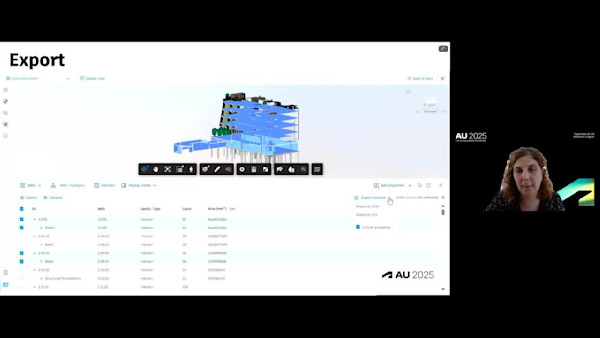Description
Join Eyrus COO and Co-Founder Hussein Cholkamy and Head of Partnerships and Strategy Steve Baret as they present “How data enhances data center project’s construction workforce efficiency.” Attendees will learn how data can be used to enhance workforces and site security for data-center projects. Leaders need resources to help simplify and create easy solutions to maximize their outcomes and understand jobsite trends. Insert data management. Managers have the option to tailor specific needs and goals with cloud-based data to fit their project requirements. From scheduling and hours worked in real time to workforce visibility knowing when and where workers are on site, data provides the tools needed to succeed, as well as ensuring there are tools to guarantee site safety and security. With customizable reporting, data centers have been simplified to adapt to demands and establish a source of truth to help all stakeholders understand where project performance is in real time.
Key Learnings
- Discover simpler and customizable solutions for your specific data center project needs.
- Learn how data can assist in creating knowledge and resources to ensure workforce efficiency through Autodesk Products.
- Learn about future trends in construction tech so you know the most up-to-date information to succeed.
- Learn how data provides a source of truth to maximize optimal success and avoid delays, added costs, and more.
Downloads
People who like this class also liked





